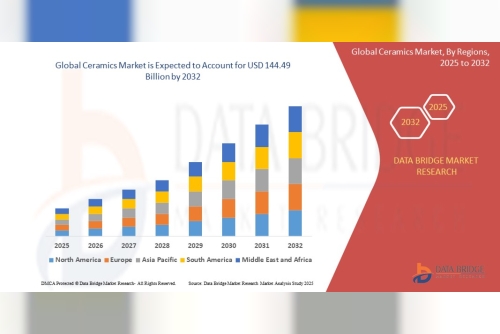Owing to the rising need for advanced concrete floor leveling techniques in construction, the demand for self-levelling concrete is set to surge in the coming years. The conventional methods for levelling concrete floors require excessive use of water, and they are very labor intensive, which contribute significantly to their decreasing popularity in the construction sector. Moreover, self-levelling concrete and other such products have numerous other advantages over conventional concrete, such as the characteristic ability to be walked on within a few hours after setting and eight times faster setting power, which boosts their adoption.
The major factors pushing the demand for self-levelling concrete are itself the increasing construction of various commercial buildings, such as schools, hospitals, shopping malls, and offices, and the soaring government initiatives and investments aimed at promoting infrastructural development projects, across the world. For instance, according to the German Finance Ministry’s data, the German government invested around $0.039 billion for the development of hospitals and schools in Germany in 2015.
The biggest rage presently being witnessed in the self-levelling concrete market is the rising research and development (R&D) on concrete and flooring materials, in order to improve their characteristics. This is primarily attributed to the fact that the existing concrete materials require experts for handling, account for a high consumption of water, and have low tensile strength. Furthermore, the materials are not very durable, and their wide-scale use can cause the cracks in floor coverings and laitance and floor joints to open.
Globally, Europe registered the highest adoption of self-levelling concrete in 2017, owing to the surging demand for real estate here. The Asia-Pacific (APAC) region is expected to witness the fastest growth in the adoption of this material during the forecast period. This is mainly ascribed to the rising demand for such products from the flourishing construction sector in India, China, Taiwan, South Korea, and Japan. China is commonly referred to as the construction capital of the world, and the mushrooming construction activities in the country will lead to an increase in the demand for self-levelling concrete.
Therefore, owing to the various constraints of conventional concrete and burgeoning construction activities, on account of rapid urbanization and large-scale infrastructure development projects across the world, the demand for self-levelling concrete is expected to surge in the coming years.












